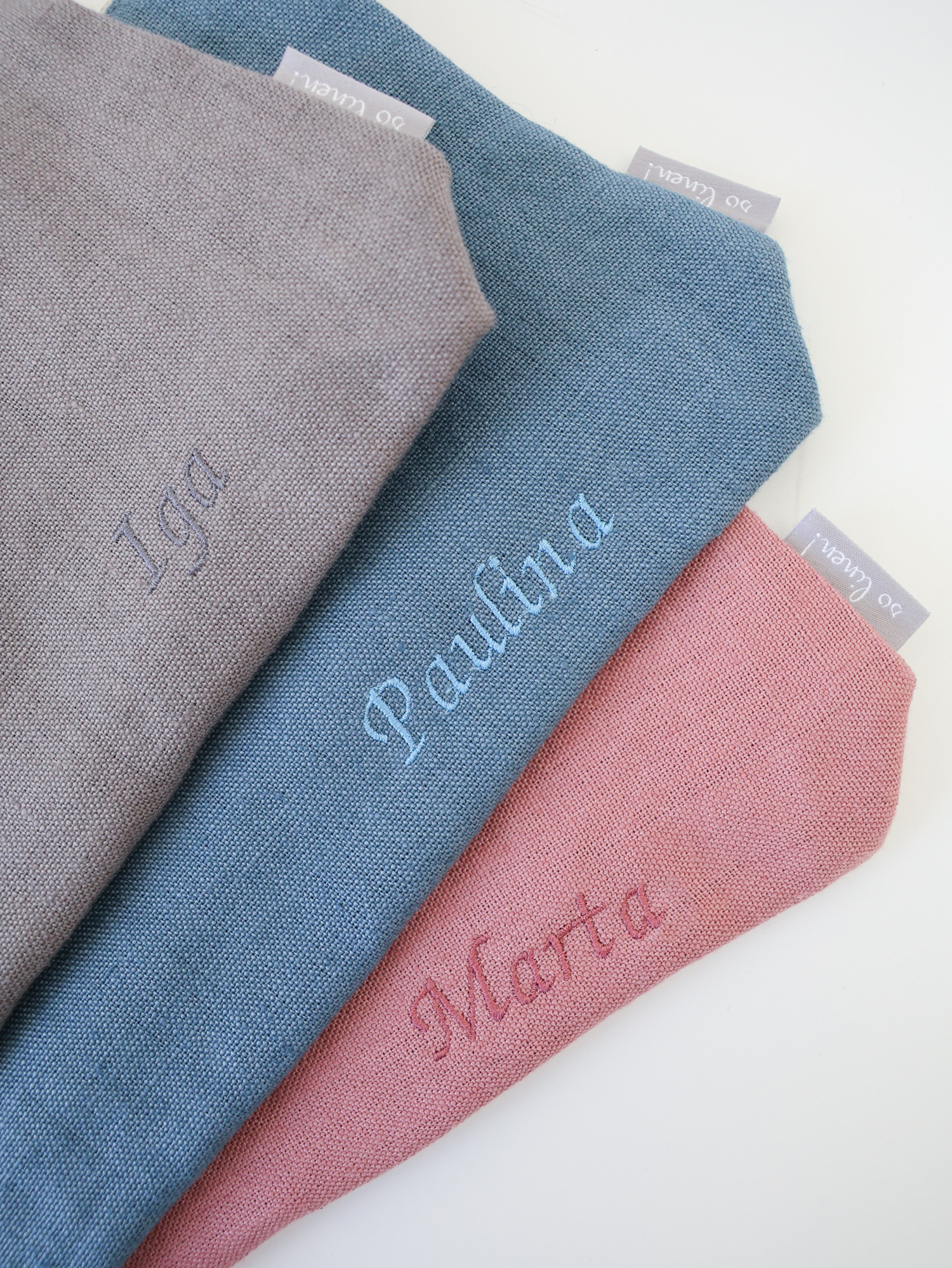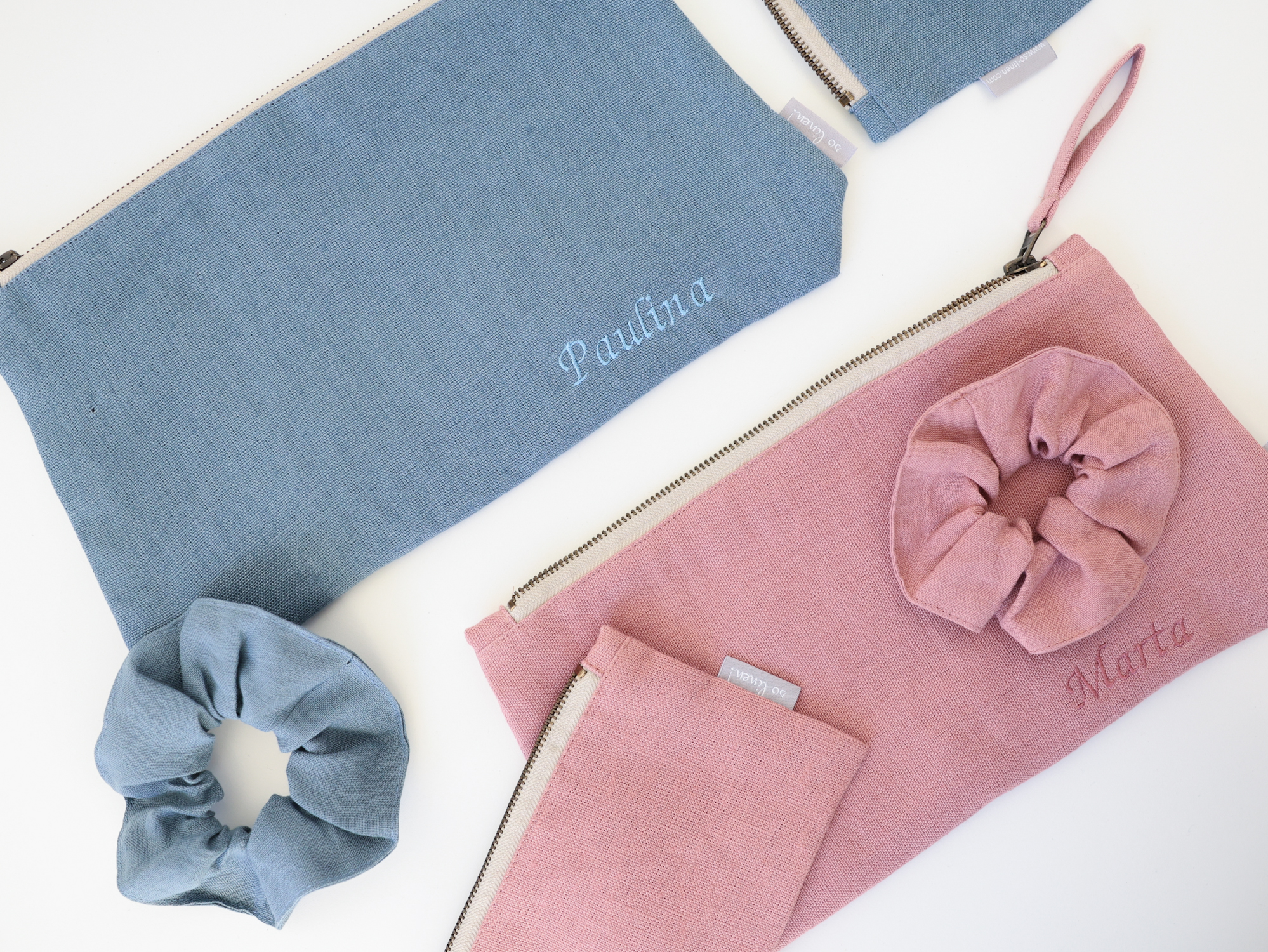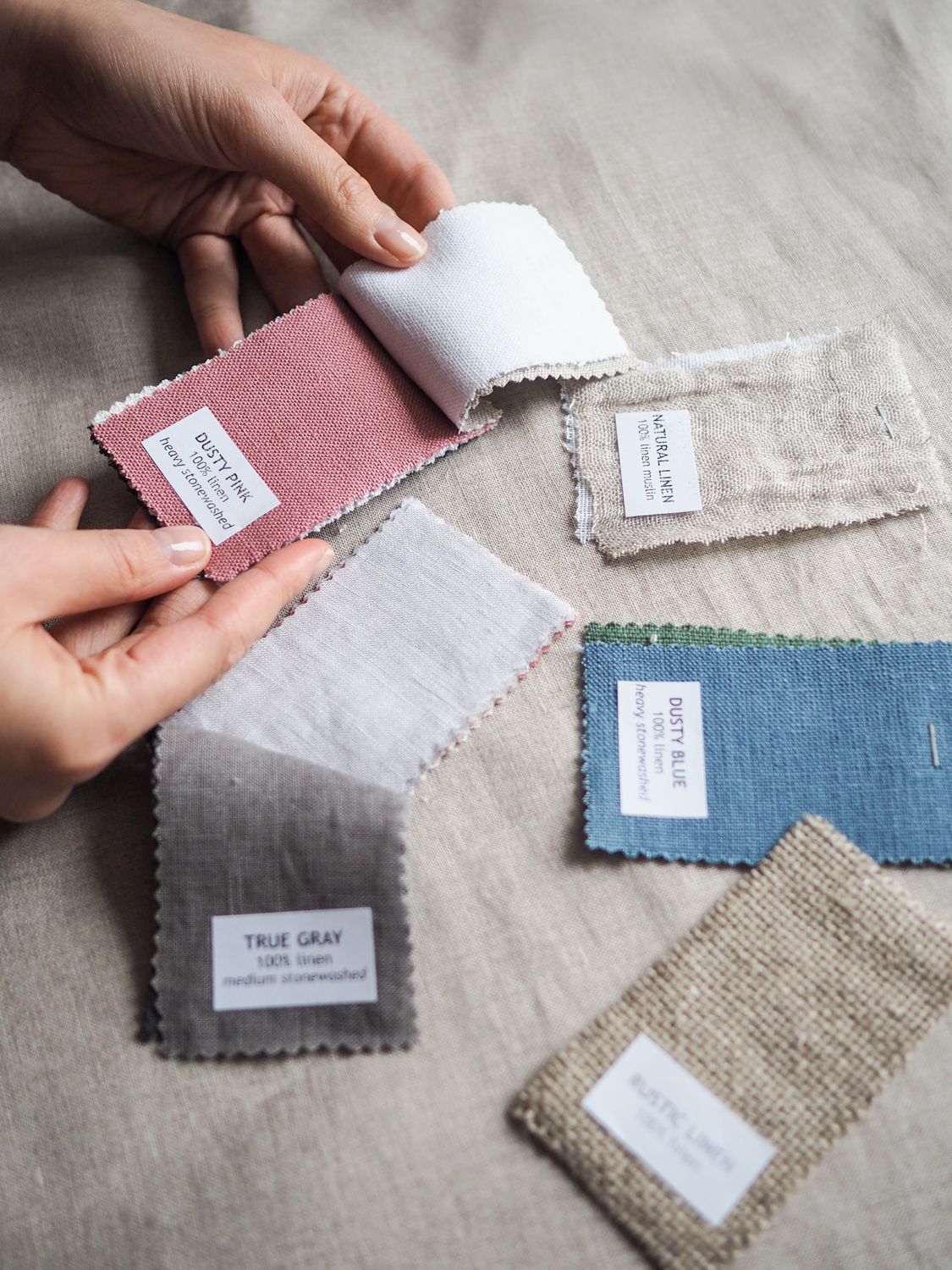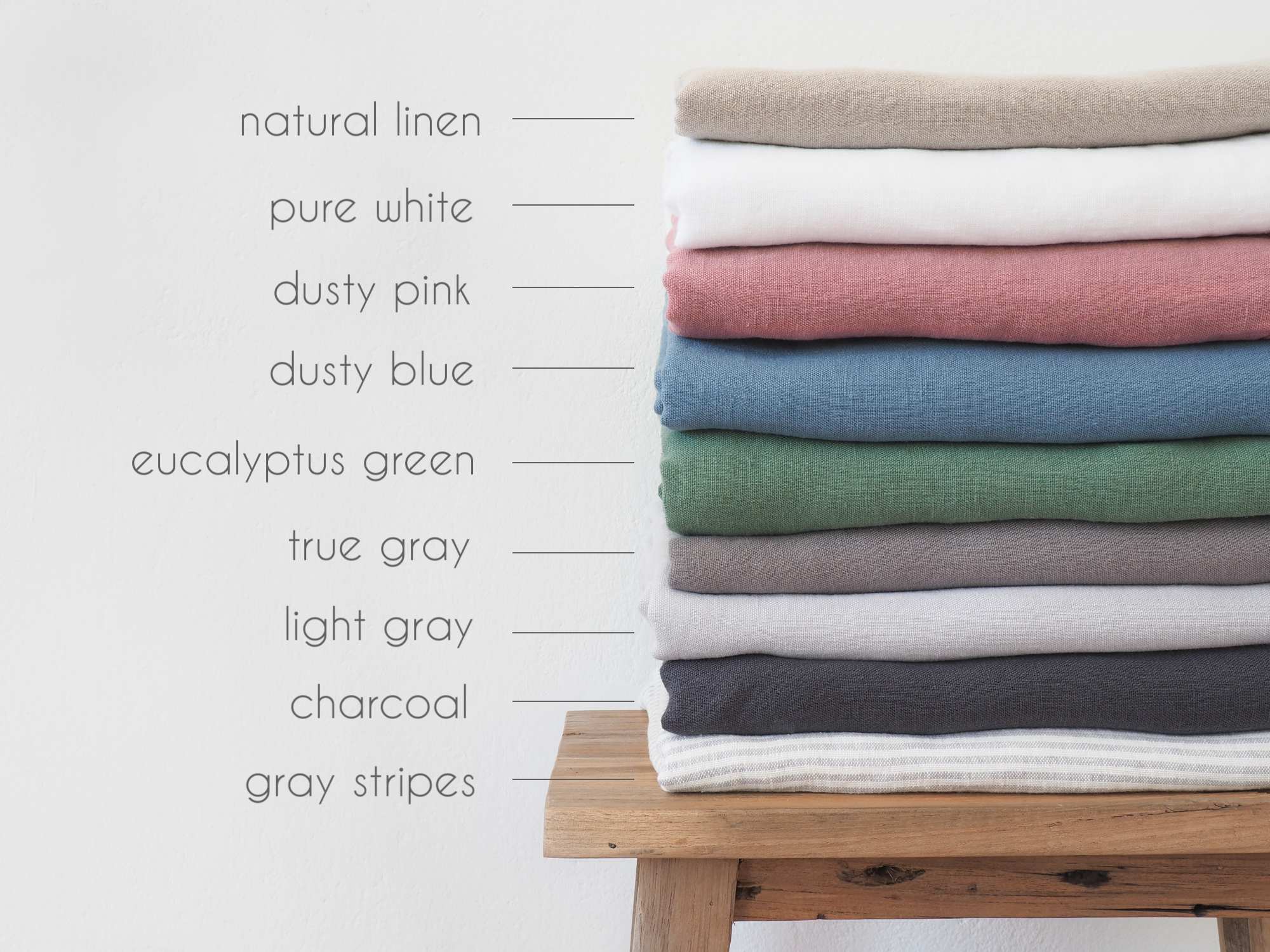Uncategorized
Linen, viscose or wool – which fabric works best in hot weather?
Summer is in full swing! High temperatures pose a number of challenges – both in terms of caring for our skin and finding fabrics that can withstand truly tropical conditions.
We’ve gone through the most popular hot weather fabrics – linen, viscose or wool, for you to see which ones will serve you best during your summer walks and summer nights.
WOOL, VISCOSE AND LINEN
In creating this post, we asked ourselves: which materials come up most often when we talk about the need to maintain body temperature? Linen, viscose or wool?
Viscose was the first to emerge as an ideal alternative to cotton and cheap polyester. Viscose fibres are one of the most popular and widely used fibres in the textile industry – mainly because of their softness and relatively low price. These inconspicuous fibers are created by chemically treating cellulose, which is why the fabric itself is classified as an artificial material (despite the fact that cellulose is obtained from purified wood pulp, typically from coniferous trees, sometimes deciduous). The second fabric is wool, which, contrary to appearances, is not a fabric reserved exclusively for cold winter evenings. The lowest weaves of wool (120 g/m2) are also used in the textile industry in summer – which is undoubtedly an interesting alternative to other fabrics. Third, of course, is linen – one of the oldest fabrics in the world, appreciated as far back as ancient Egypt.
So which of these three, serious candidates is likely to win in our summer competition?
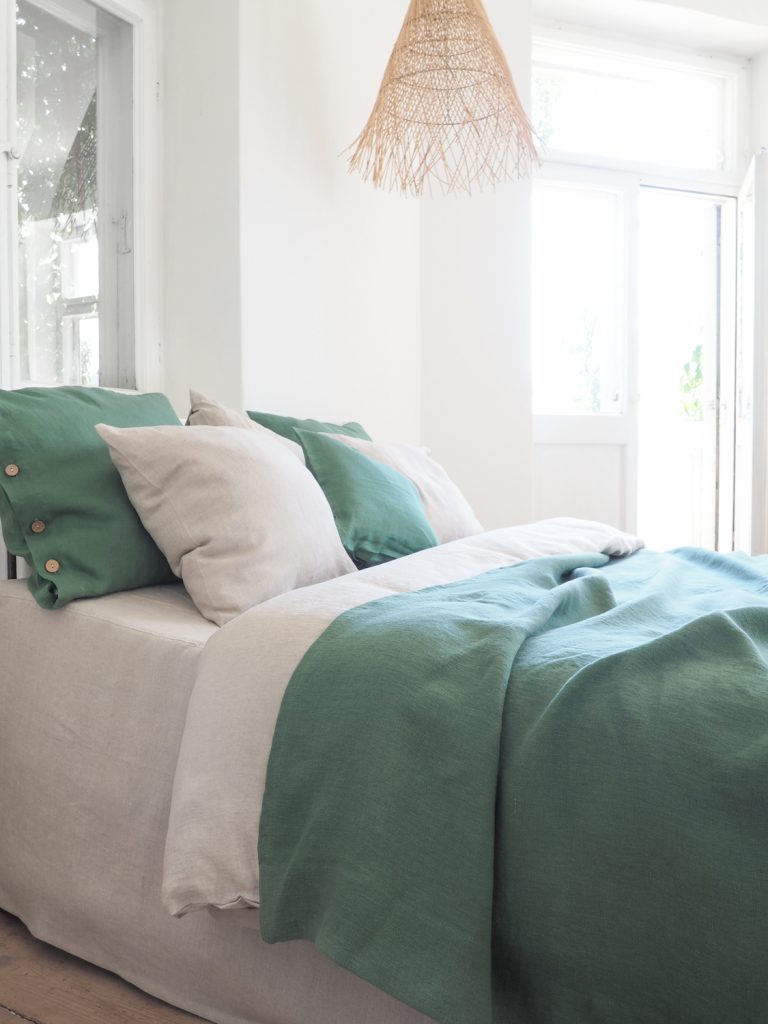
HYGROSCOPICITY
In other words, the ability to absorb water from a given surface. Our skin sweats – especially when the air temperature reaches tens of degrees. This natural behavior of the glands is a protective response to regulate body temperature, among other things. So if, in summer, we wrap ourselves in fabric that hinders this process – the skin smells, as in a glass garden. Due to low permeability, allergic and dermatological reactions begin to occur.
Wool is open diffusive and permeable, which means it is highly hygroscopic. However, it is worth remembering that due to the thick weave, it holds this moisture much longer than synthetic fabrics. This is important for bathroom textiles or clothes, which dry much slower and more difficult. Viscose, on the other hand, dries quickly due to its fine weave, but the cellulose used is not put on par with natural fibers. This means that despite its hygroscopic properties, in general this ability is much lower than in the case of linen, which not only lets air through, but also wicks moisture away and dries much faster than fleece fibers. In a nutshell: linen for hot weather is definitely the most effective fabric.
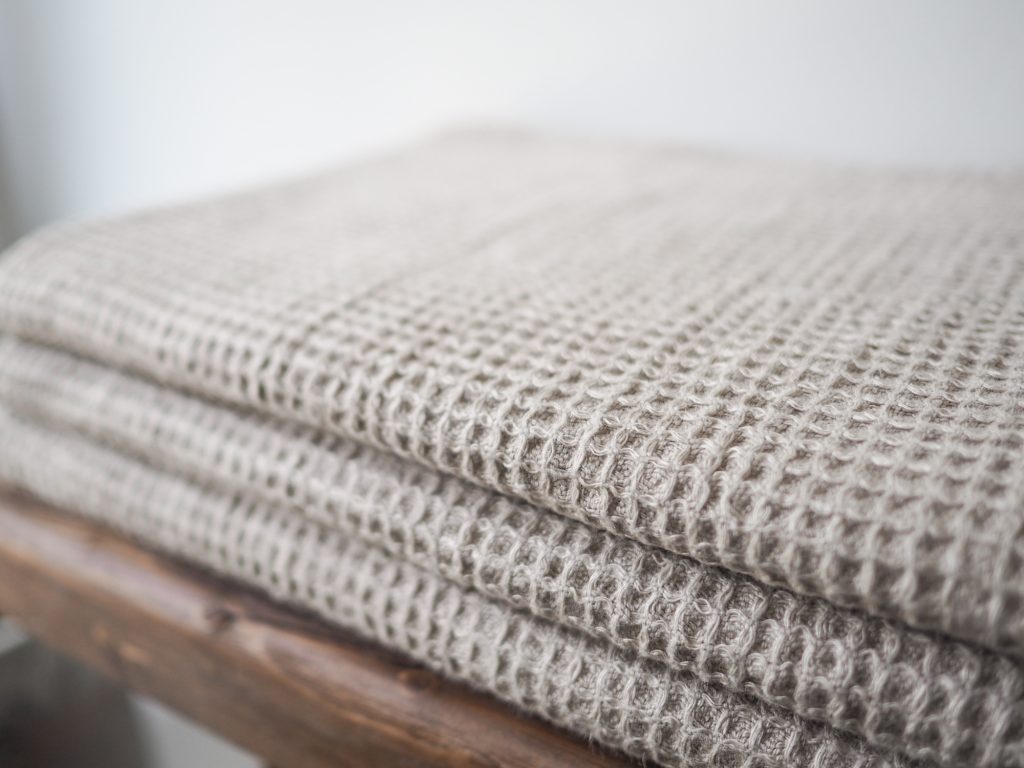
SOFTNESS TO THE SKIN
Nothing soothes sun-irritated skin like. . soft, airy fabric. In summer we pay especially close attention to the type of material, appreciating those that do not restrict our movements, do not increase perspiration, allow for subtle wrapping. This is why we avoid polyester quilts or acrylic linings so much. In our ranking in terms of softness, wool is the lowest, which has a huge number of anti-fans. The natural, rough and rough finish is extremely unpleasant for very delicate skin, often causing allergies and permanent irritation. This is especially true for thick fabrics, reaching a weight of about 250 g/m2.
Right after wool, second place goes to viscose, whose softness is comparable to cotton. However, it is worth remembering that the production of the fibres uses chemical reactions, which can be problematic if you have allergic or atopic skin. Therefore, linen wins again in this list, which is extremely pleasant and delicate due to its natural fibres. What’s more, it repays the softness if we use it regularly.
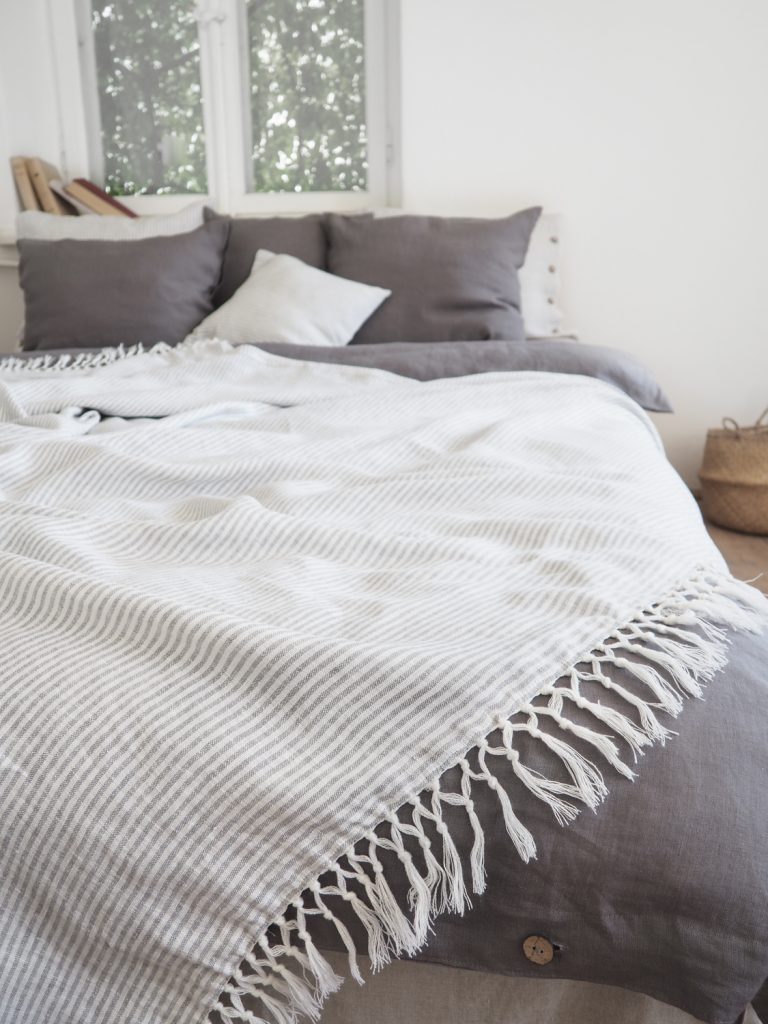
EASY TO CARE FOR
The last criterion is the care, thanks to which our fabric serves us for years and keeps its most valuable properties. Following the right rules – i. e. maintaining the right washing or drying temperature – prolongs the life of the fibres. In the case of viscose, improper care can shrink the fibres, causing the fabric to lose its elasticity. Anyone who has washed a viscose dress at too high a temperature has learned how deceptive these fibres are.
Wool care is equally difficult and requires hand washing – and no more than 3 minutes. Excessive prolonged kneading and rubbing of the fabric can lead to its linting and balling – the bane of all sweaters or blankets.
Linen care, as the only one, does not require specialized means or secret methods. Linen curtains, linen sheets or linen towels should be washed at up to 30-40 °C – preferably in a delicate setting and using standard detergents. The slightly damp material can be dried outdoors, allowing the fibres to permeate the crisp air, further cooling us in the hot summer months.



